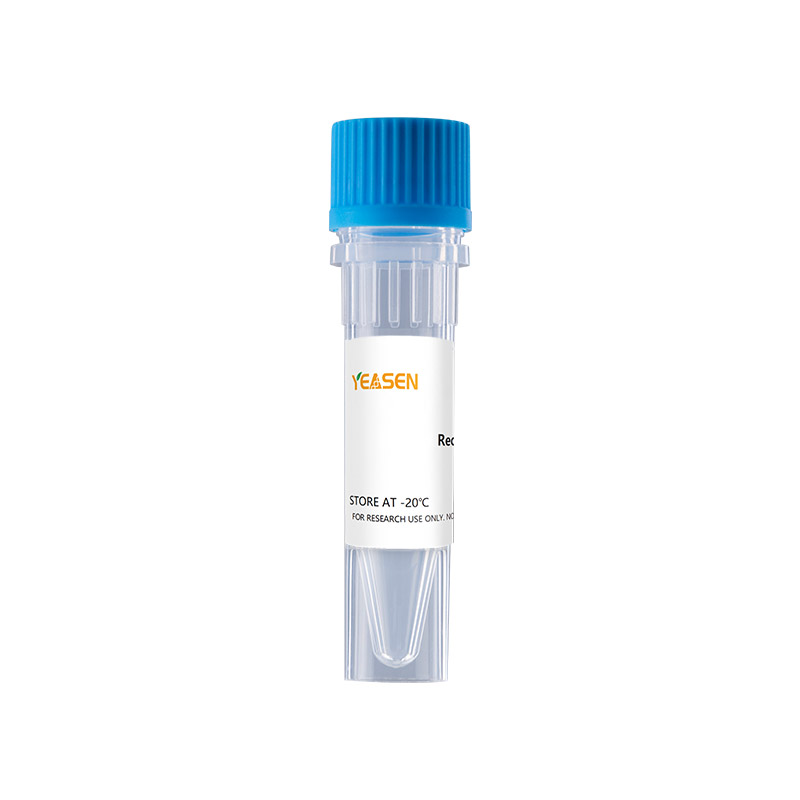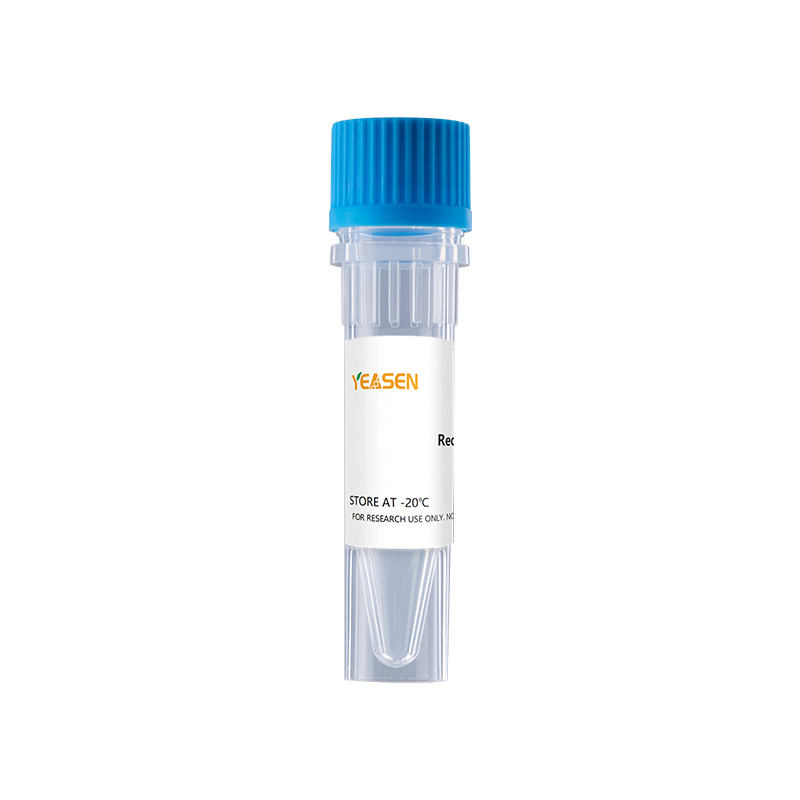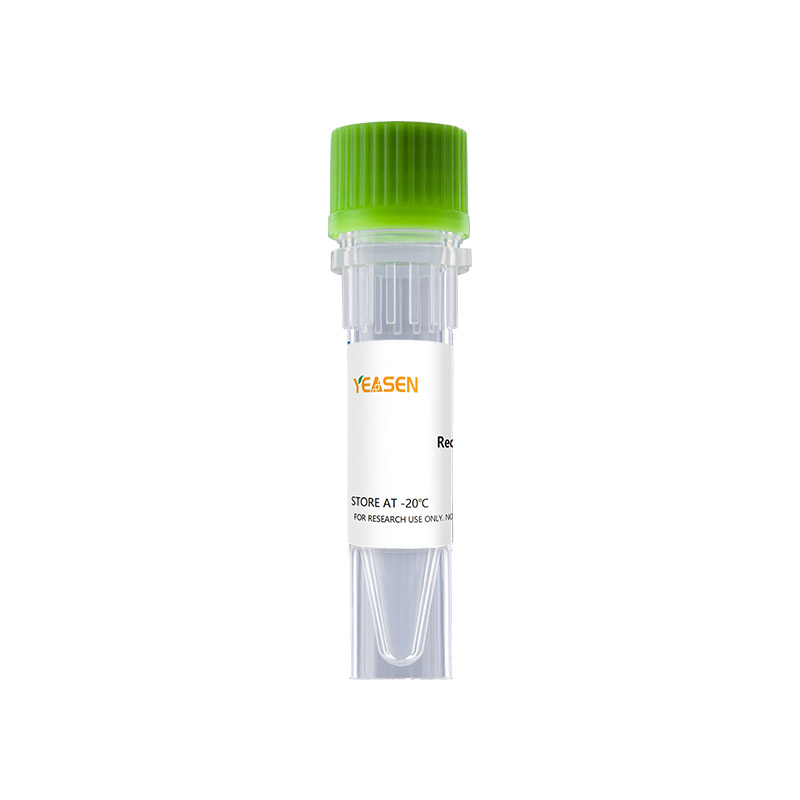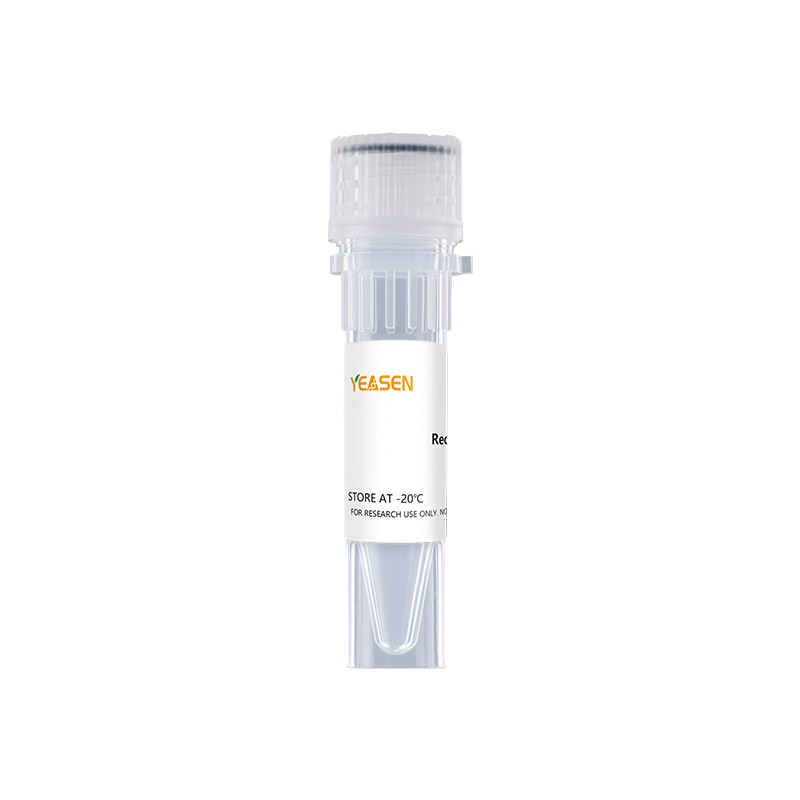IL-1 is a name that designates two pleiotropic cytokines, IL-1 alpha (IL-1F1) and IL-1 beta (IL-1F2), which are the products of distinct genes. IL-1 alpha and IL-1 beta are structurally related polypeptides that share approximately 27% amino acid (aa) identity in equine. Both proteins are produced by a wide variety of cells in response to inflammatory agents, infections, or microbial endotoxins. While IL-1 alpha and IL-1 beta are regulated independently, they bind to the same receptor and exert identical biological effects. IL-1 RI binds directly to IL-1 alpha or IL-1 beta and then associates with IL-1 R accessory protein (IL-1 R3/IL-1 R AcP) to form a high-affinity receptor complex that is competent for signal transduction. IL-1 RII has high affinity for IL-1 beta but functions as a decoy receptor and negative regulator of IL-1 beta activity. IL-1ra functions as a competitive antagonist by preventing IL-1 alpha and IL-1 beta from interacting with IL-1 RI. The equine IL-1 beta cDNA encodes a 268 aa precursor. A 115 aa propeptide is cleaved intracellularly by the cysteine protease IL-1 beta -converting enzyme (Caspase-1/ICE) to generate the active cytokine. An alternatively spliced form of equine IL-1 beta has a deletion which encompasses the Caspase-1 cleavage site and potentially results in a membrane-associated form. The 17 kDa mature equine IL-1 beta shares 65%-75% aa sequence identity with canine, cotton rat, feline, human, mouse, porcine, rat, and rhesus IL-1 beta.
高纯度、高活性、低内毒素、高批间一致性
-25 ~ -15℃保存,收到货之后有效期1年。 复溶后,无菌条件下,2~8℃保存,7天有效期。复溶后, 无菌条件下,-85 ~ -65℃保存,3个月有效期。







